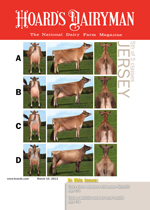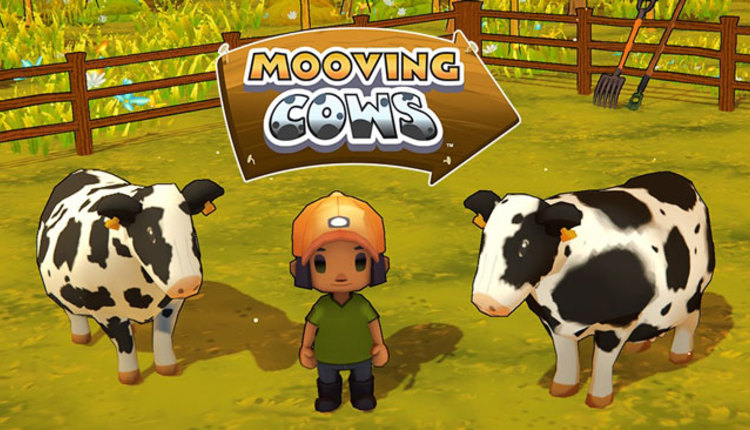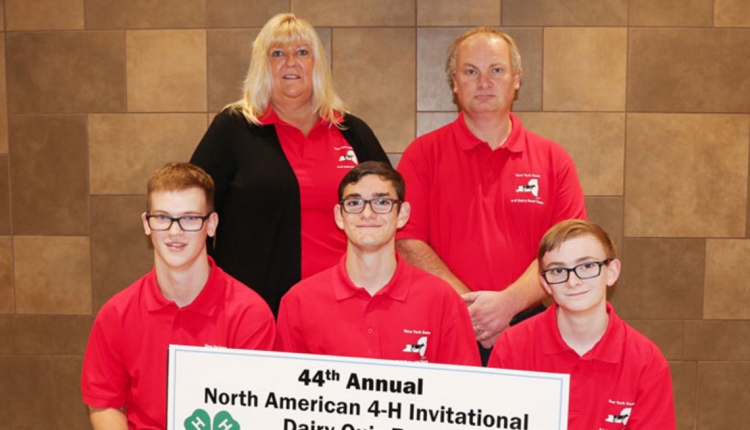 Sometimes we are so close to a topic that we often forget the values and assume everyone else is just as familiar with it as those who are so deeply entrenched. My responsibilities include the online content for Hoard's Dairyman and I am often asked what my duties include. I am a member of a team that creates the online content that is shared with producers worldwide.
Sometimes we are so close to a topic that we often forget the values and assume everyone else is just as familiar with it as those who are so deeply entrenched. My responsibilities include the online content for Hoard's Dairyman and I am often asked what my duties include. I am a member of a team that creates the online content that is shared with producers worldwide.Hoard's Dairyman has a well-establish history of providing dairy producers the significant details to help them make decisions. Known by sight for our large pages and bold red header, we are committed to content of the magazine. And as the modes of communication morph from paper into new technology devices, our 128-year old publication has advanced as well.
Hoard's Dairyman launched its first website in 1996 and over time, its electronic reach has added Facebook, YouTube, Twitter, blogging and webinars. The primary goal of providing valuable information to our readers has not changed, but the methods in which we can share that information has diversified. With a dedicated team contributing original content, we provide varied viewpoints in our daily blogs, minute-by-minute reporting via Twitter at industry events, and educational one-hour monthly webinars to time-strapped dairy producers.
While Facebook is a mode to distribute our content, we also share photos and video from others like dairy food research, international dairy issues and government policies. There is certain to be some fun included, too, with Super Bowl ads, kids and their calves and an occasional snapshot from the Hoard's Dairyman Farm, as we are one of the only magazines with an active farming enterprise.
Our Jersey and Guernsey herd provides hands-on, real-world scenarios that give our editors an advantage when writing about dairy. New buildings, renovating older ones and a variety of expansion pains – they have lived through them and share it with readers from first-hand experience. To learn more about our farm, visit www.hoards.com/farm.
There is great variety in our 9,600 Facebook fans, so we aim to provide material that each can enjoy or learn from, even if every post doesn't affect their livelihood today. Sometimes the news is not upbeat, but it is the news. As a public Facebook page, you do not have to have a Facebook account to read Hoard's Dairyman's posts. Visit www.facebook.com/HoardsDairyman to see what you are missing.
And for those who like concise and immediate news, our editors take tweeting seriously. They are typing tweets nearly as fast as the speakers at conferences deliver their key messages. We have gained many followers over the past few months, now over 3,800, due to our thorough and timely coverage. I love to see retweets. That is when we know the content is resonating with others. And for those that are not active Twitter users, you can read our tweets without having a Twitter account. Just visit www.twitter.com/hoardsdairyman or click on the link on the top right of our homepage. But if you are a Twitter user, follow us!
Our monthly webinar series began in January of 2011 and 28 webinars later, we are very pleased with its success. On average, over 100 people attend each live webinar and there are over 19,000 archive views on YouTube to date. Producers can watch the webinars and then share the information with employees, or some watch as a group so everyone in the work chain gains value. Our webinars can be found at www.hoards.com/webinars.
Our magazine is also available in digital form. The national issue and Hoard's West are available as a premium subscription. Readers can view the last 12 years on their computers and tablets. To learn more, visit www.hoards.com/bookstore/subscribe.
While the print publication is the flagship and will remain so, we look for new ways to reach producers via electronic media, providing them information, insight and entertainment. It's an opportunity we are embracing here, at Hoard's Dairyman and look forward to our next 128 years of serving dairy producers.
If you learned something new from this blog, please share it below in the form of a comment. We'd like to know your thoughts on the ways producers gain information.











